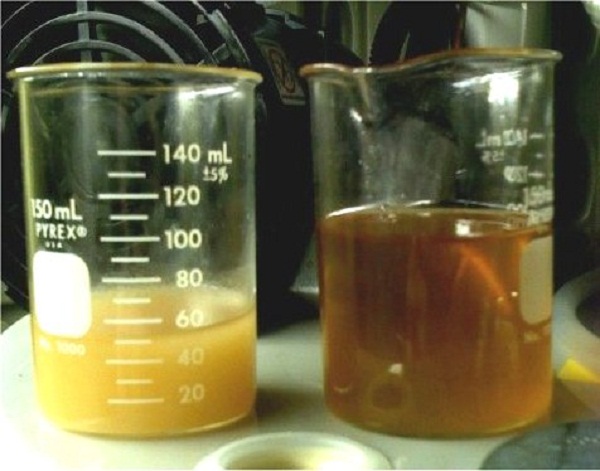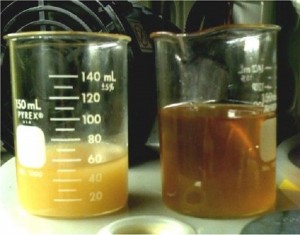With the scarcity and rising costs of fossil fuels, alternative fuel sources have become more popular. Also, global awareness of environmental issues has made everyone to look out for alternative sources of energy which are clean and green and biodiesel appears to be the best option that is available. The best feature of biodiesel is that it can be prepared from used cooking oil and that too at your home with the use of minimum resources and technology. However, at present a vehicle that uses a diesel or turbodiesel (TDI) engine is the only widely available way for consumers to make use of vegetable oil biofuel. But still, the importance of biodiesel cannot be ignored as making biodiesel is environmental friendly, it encourages the concept of recycling and last but not the least, the process is cost effective. By simply following the steps given below, a backyard biodiesel manufacturer can make hundreds of gallons of biodiesel within a period of 24 hours.

Complexity level: Moderate
Time required: 1 day
Resources required:
- Waste cooking oil
- Lye
- Methanol
- Pipes
- Tanks
- Biodiesel processor
Instructions
1. Find a source from where regular supply of used cooking oil is available
The most important raw material needed in the process of making biodiesel is used cooking oil, therefore, first of all you need to make sure that a regular supply of used cooking oil is available at your disposal. A restaurant is definitely a potential source of used cooking oil. In fact, most of the restaurants usually pay for the used cooking oil to be removed, so its quite obvious that offering a few buck for a few dozen gallons of used oil will make most of the restaurants let you take used cooking oil from their kitchen.
2. Select the system for making the biodiesel
If cost is an issue, then you can use biodiesel by simply filtering the used cooking oil. In fact, making biodiesel from straight vegetable oil and using it without nay kind of treatment is the most cost effective way. However, various types of petroleum diesel mixtures and additives are also available which can be used for the treatment of cooking oil. Proper treatment of cooking oil involves raising the octane level and viscosity with the help of additives which is then followed by the process of brewing the oil.
3. Construct a biodiesel processor
Next, you need to construct a biodisel processor. For this purpose two tanks are used, the larger one is called the primary tank and the smaller one is called the mix tank. The primary tank is placed on a solid foundation and the mix tank is mounted on the side of the larger one. A valved connection is made between the two which connects the top of the primary tank to the bottom of the mix tank. Also, a valve is provided at the bottom of the primary tank in order to drain the fluids out of it. The mix tank is filled half to its capacity by methanol and the primary tank is filled with filtered cooking oil up to 3/4th of its total volume.
4. Mix and brew biodiesel in a tank
Now the brewing process of the cooking oil starts. For every gallon of methanol in the mix tank, add 7 grams of lye and mix it thoroughly. After mixing is done, open the valve and let the methanol flow into the primary tank so that it mixes with the used cooking oil in the primary tank. You can install an internal mixing pump for the proper mixing of methanol and cooking oil in the primary tank. Leave this tank undisturbed for 24 hours so that the chemicals get enough time to process. Glycerin will be formed in the process which settles at the base. It can be disposed from the bottom valve. The layer above it is biofuel which can be pumped out. The top most layer is of particle waste which has to be disposed. The biodiesel so obtained has to be filtered before storing. Once it has been filtered, it can be used to power your diesel engines.
Quick tips
- Do not forget to use protective equipment while using chemicals.
- For mixing the contents of the tank, you can buy a second hand blender which will be inexpensive.
Things to watch out for
- Keep all the chemicals away from the reach of children.
- Never use a blender that you will be using for food again.
Source: ecofriend

 Follow
Follow